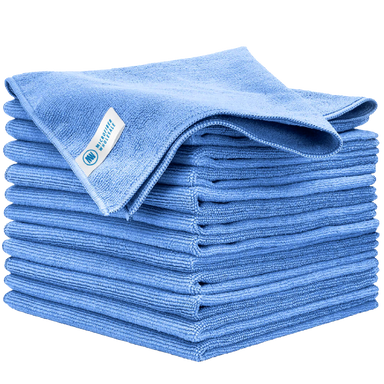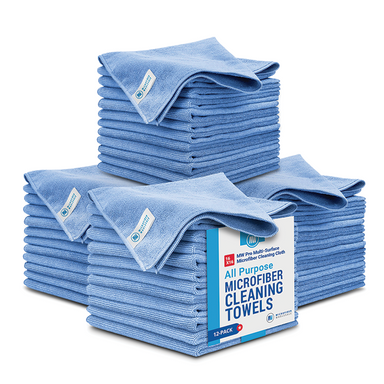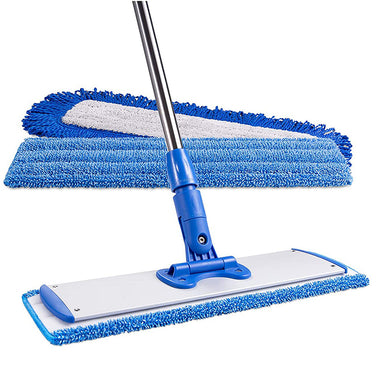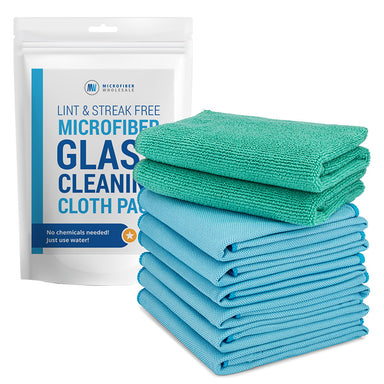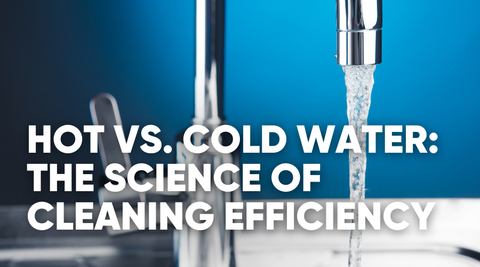Bleach has a reputation as the ultimate cleaning powerhouse. It disinfects, whitens, and deodorizes, so it’s no wonder it’s a go-to product in homes, businesses, and even professional cleaning settings.
But here’s the problem: bleach is also one of the most misunderstood and misused cleaners. Many people assume it’s a fix-all solution, when in reality, using it incorrectly can make your cleaning less effective, or even dangerous.
From improper dilution to damaging surfaces, bleach mistakes happen every day, even among seasoned cleaners. But once you know what to avoid, bleach becomes much safer and more effective. We’ll cover the 10 most common bleach mistakes you might be making (without even realizing it) and how to fix them.











